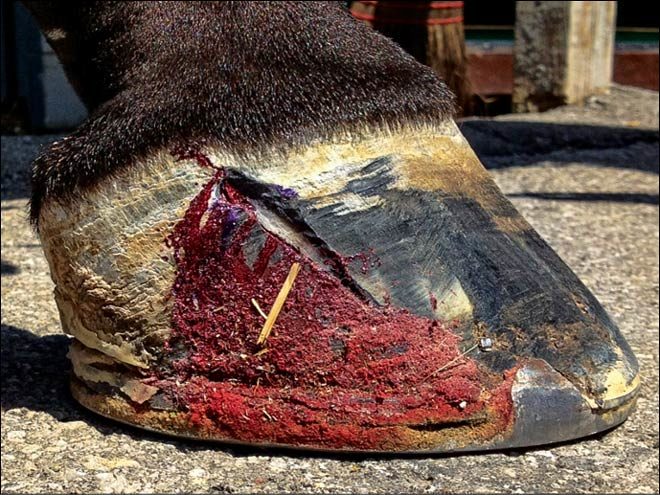American Farriers Journal
American Farriers Journal is the “hands-on” magazine for professional farriers, equine veterinarians and horse care product and service buyers.

Understanding how quarter cracks occur is critical to managing the injury, not to mention keeping the horse going.
Wellington, Fla., farrier Curtis Burns classifies quarter cracks into three categories — concussion, rotational and blunt trauma.
Concussion. A quarter crack that is caused by concussion is typically seen in racehorses.
“In racing, 90% of it is concussion-related issues,” he told attendees at last spring’s North Carolina State University’s Equine Health Symposium. “I think of horseshoes as mechanics and how the shoe allows the foot to settle into the ground, instead of a pancake hitting the ground.”
Rotational. A range of things — from their job to their conformation — can cause this type of quarter crack.
“In the show horse world, I look at rotation,” Burns says. “These horses are coming off jumps that are 5 feet or more sometimes, and they’re already making a left-hand turn before they get to the ground.”
Quarter cracks caused by blunt trauma require caution before patching because of the possibility of bruising, swelling and compromised laminae.
Watching your client’s horse work can give you clues about the cause
of a crack.
Inserting a drain in every patch allows the crack to be flushed out and medicated.
Although the jumps are high at times, concussion doesn’t generally play a role.
“I’m not going to worry as much about how the horse is hitting the ground as much as it’s turning left or right,” he says. “You’ll notice that if you follow the tubules…